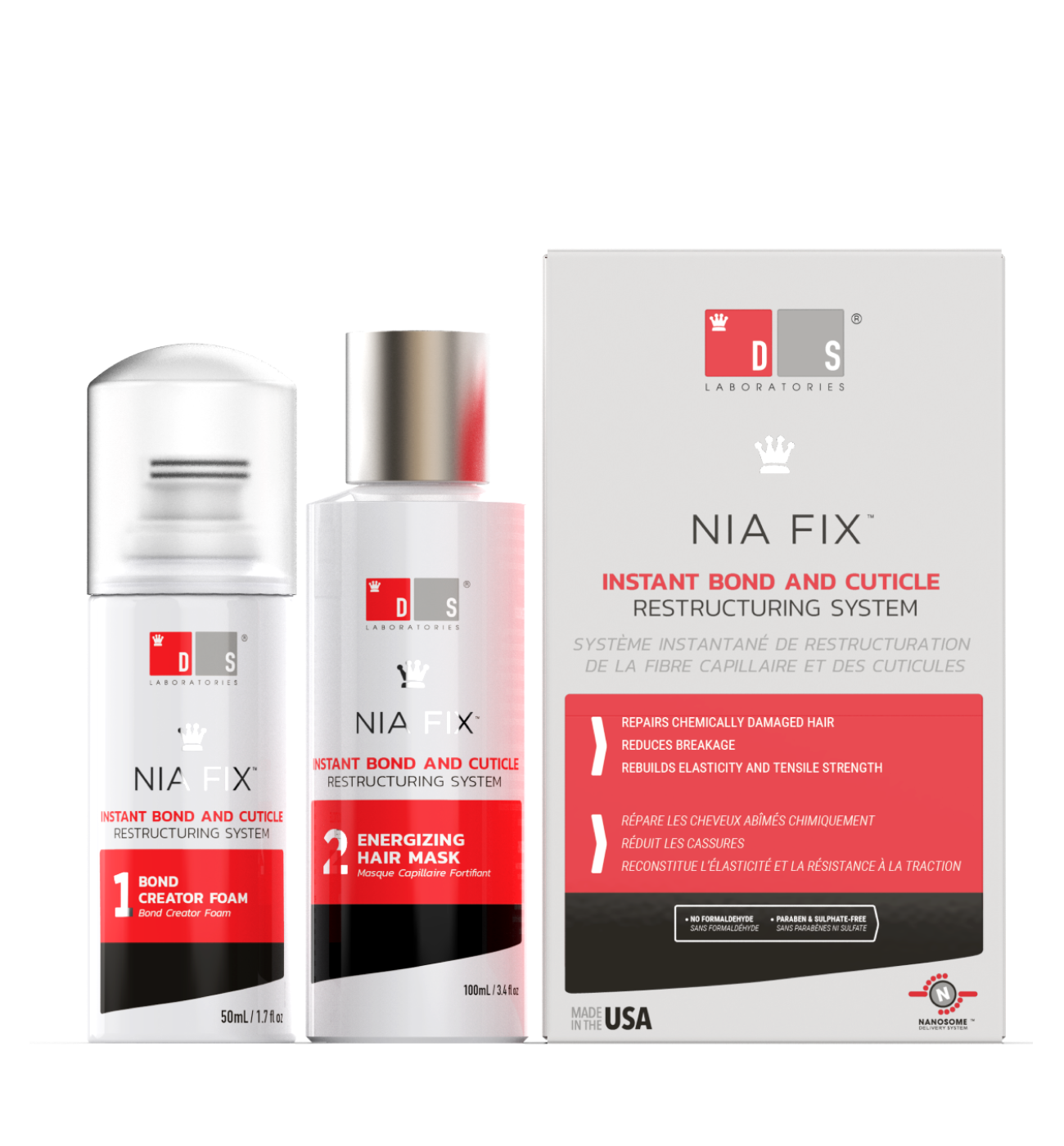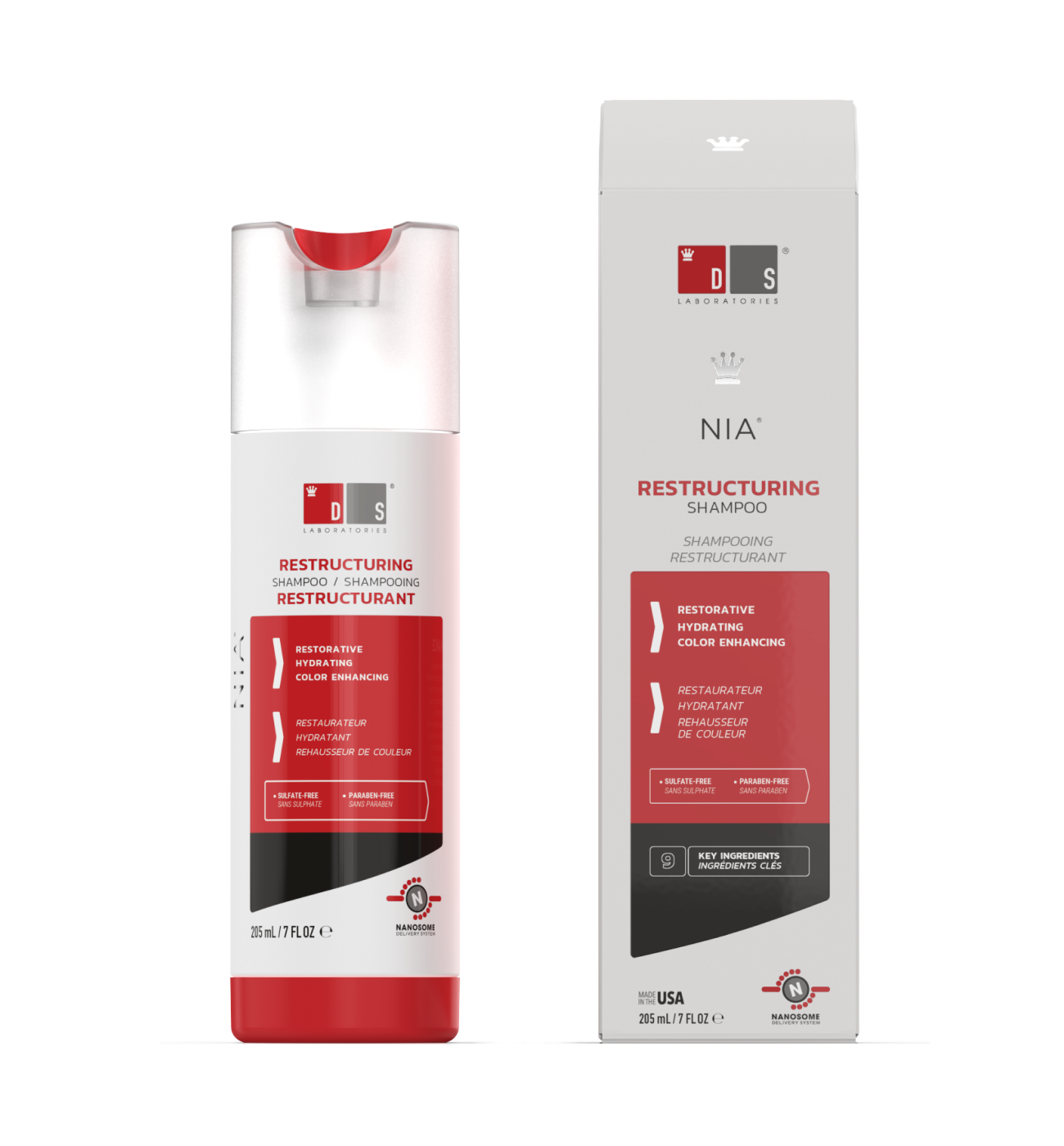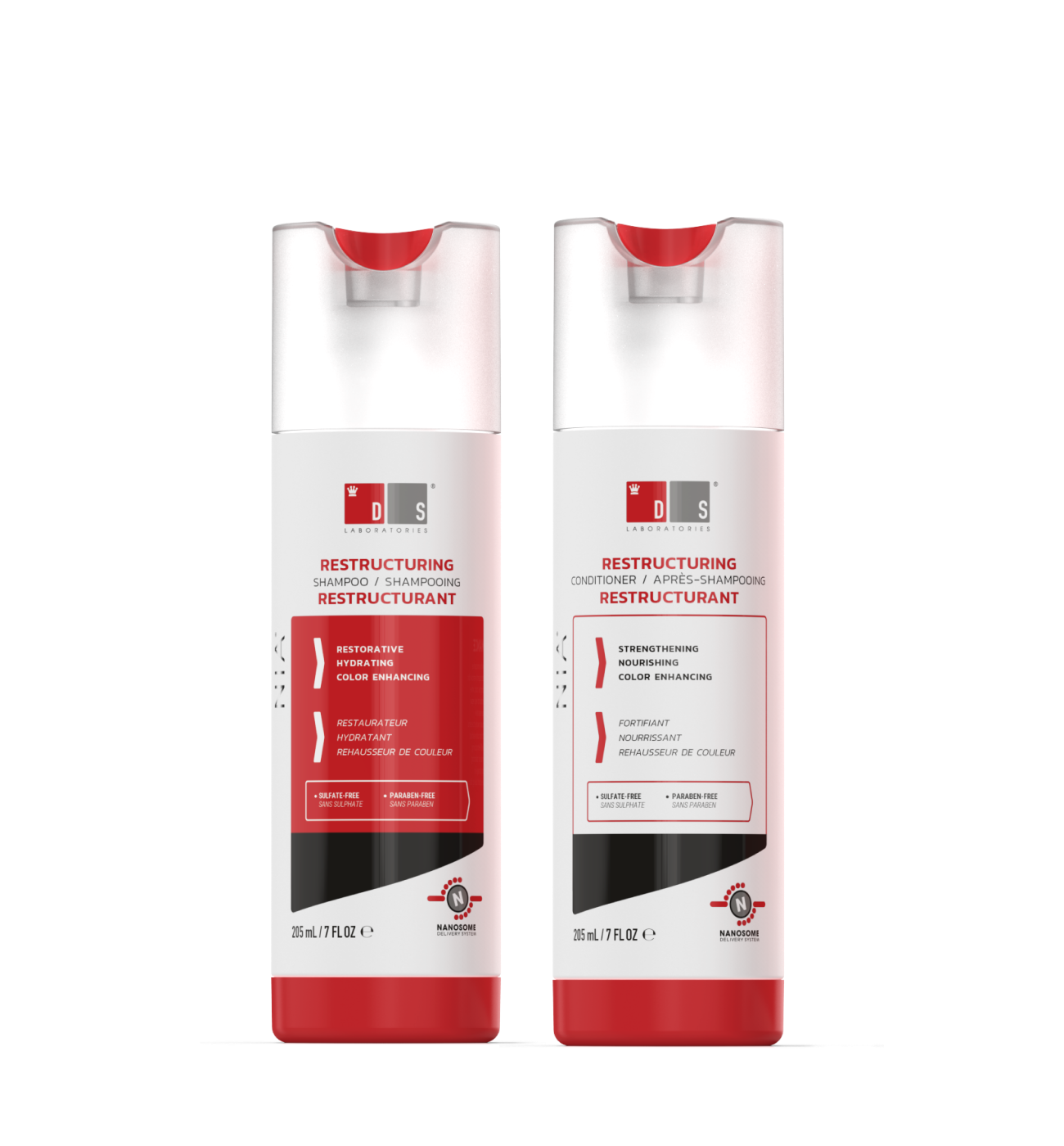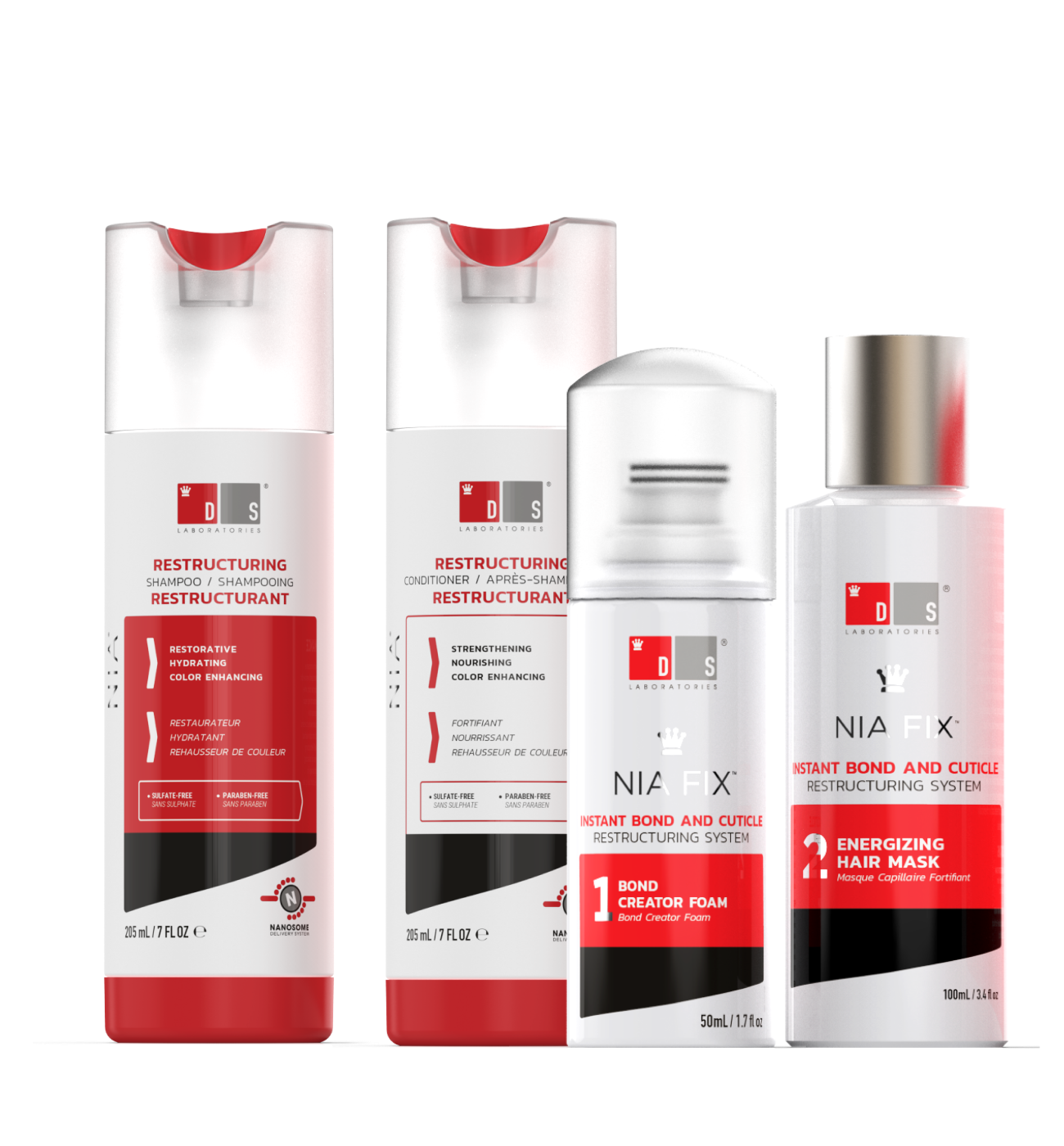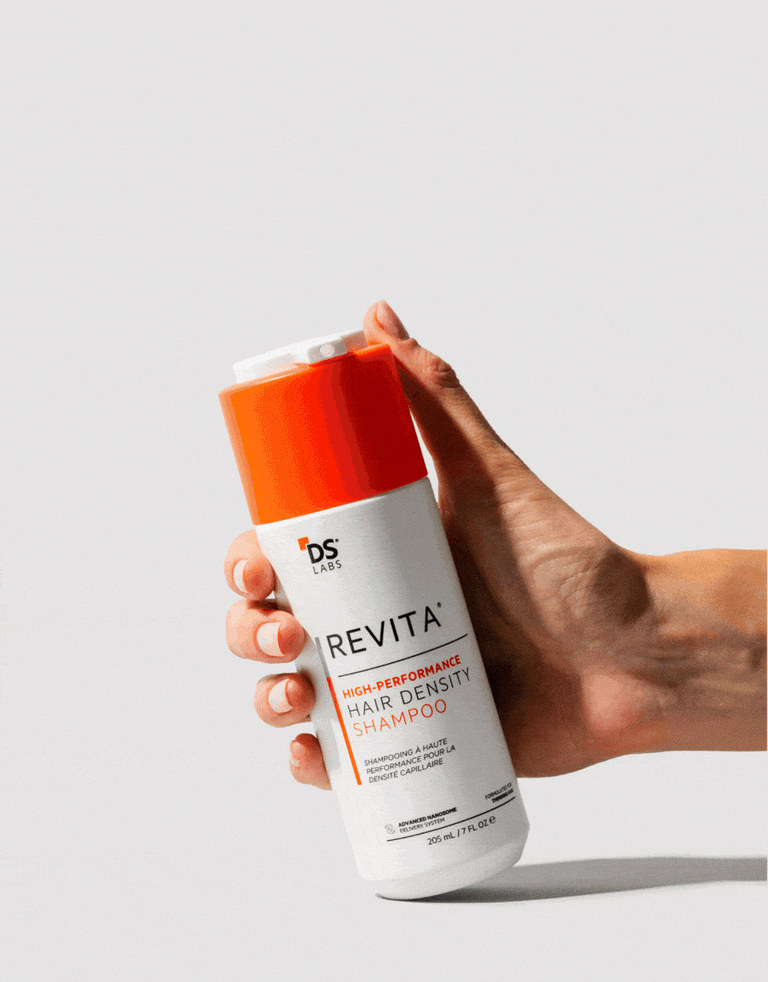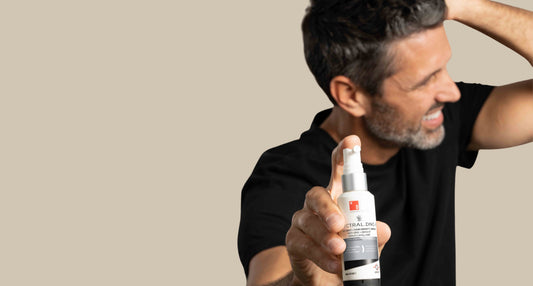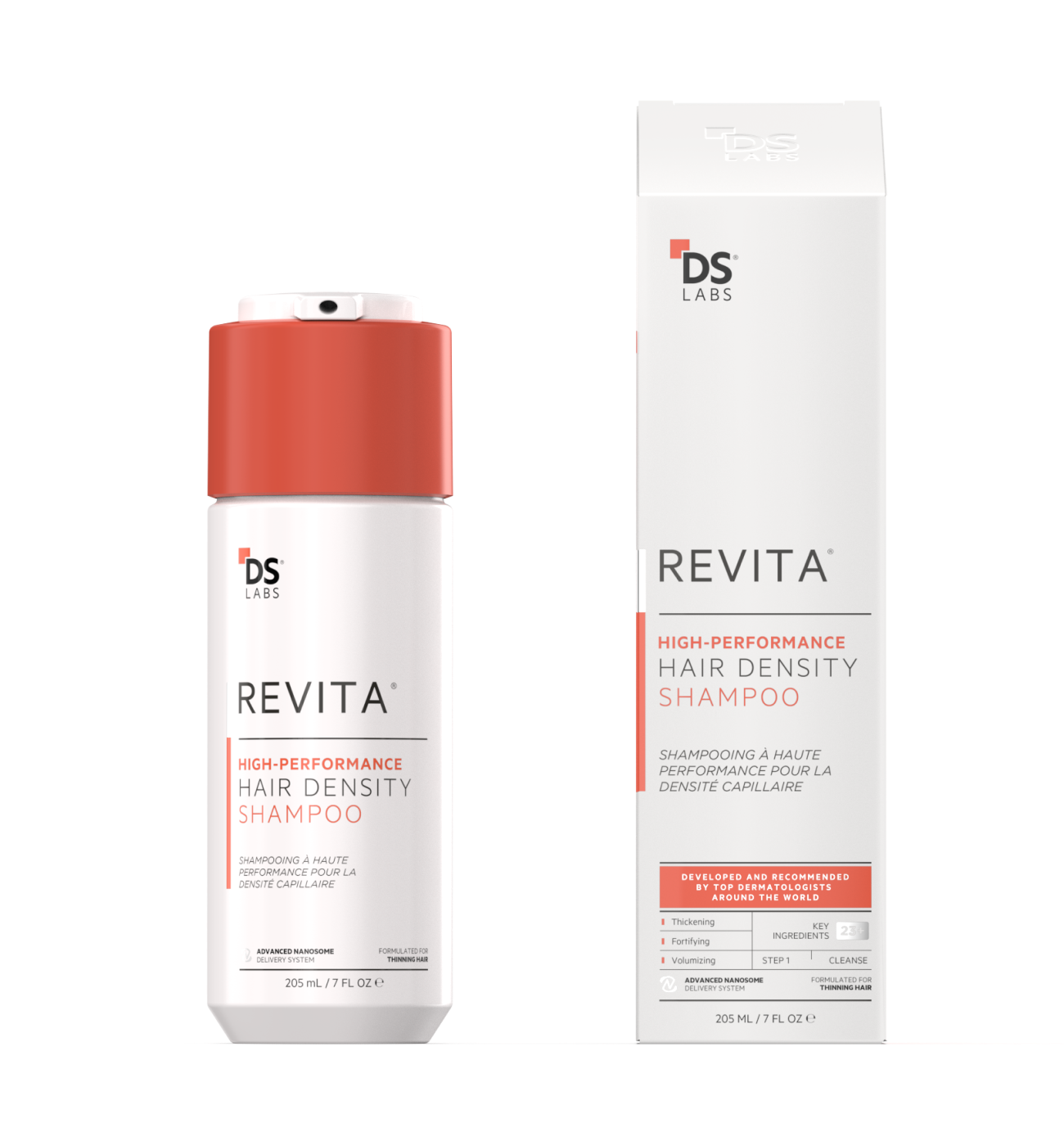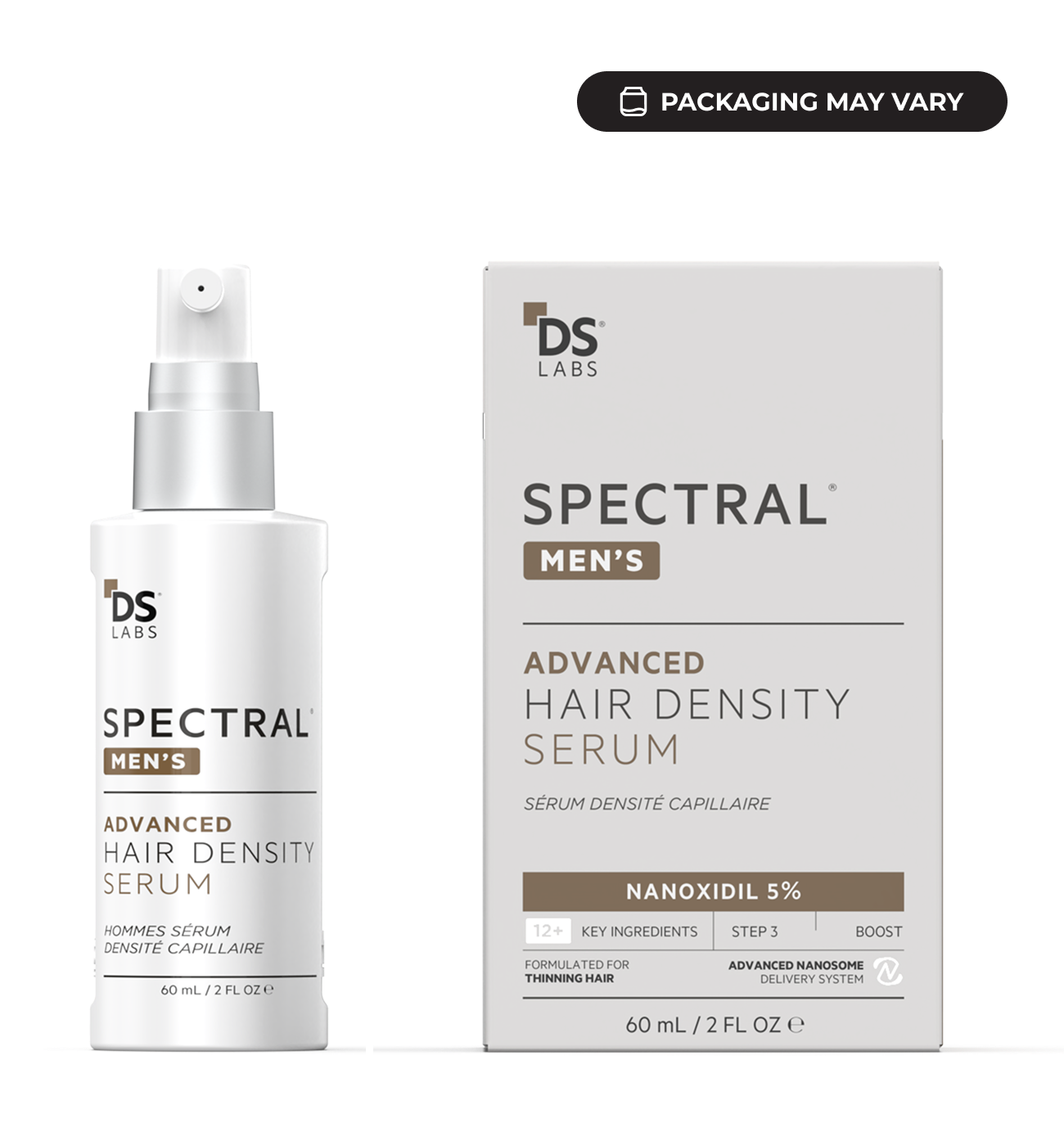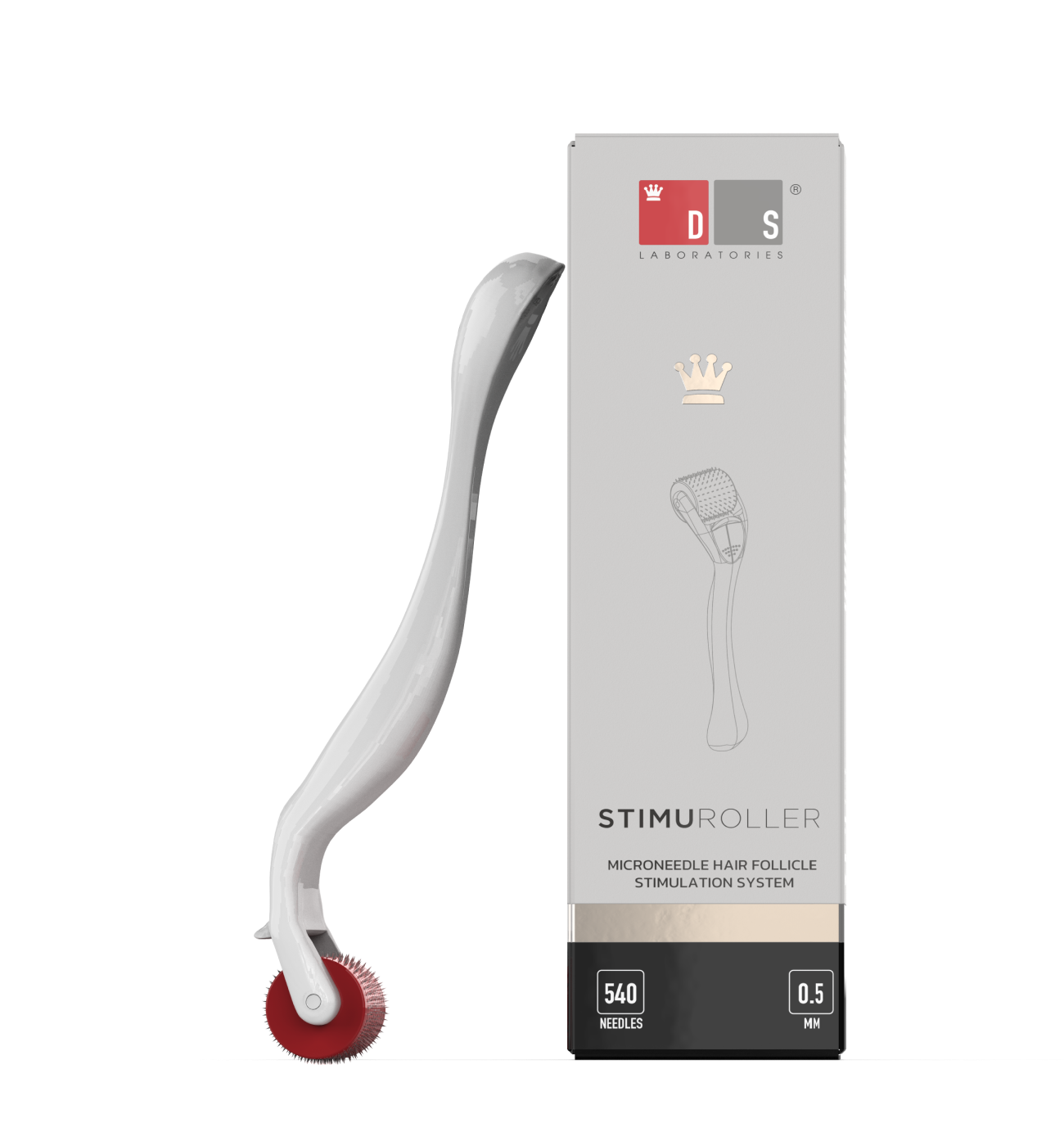Ash brown, highlights, lowlights, anime hues, and blonde — are you enthralled by the parade of colorful hair around you?
Whether you want to lighten your hair or you want to go for a lighter shade, bleaching is often a necessary first step for these wow-worthy hairstyles.
The chemical technique strips the natural color from your strands, resulting in lighter-colored hair. However, it isn’t all sunshine and rainbows since it can seriously damage your strands if not done properly.
Here’s everything you ought to know before undertaking this delicate process.
Why Should You Prep Hair for Bleaching?
Bleaching uses heavy-duty chemicals to forcefully open the protective outer layer of the hair shaft (known as the cuticle) to get to the natural pigment (melanin) of your hair so it can be lightened.
In the process, it breaks the bonds in the hair, which can aggravate dryness and make your hair susceptible to damage. If the bleaching agent is left on for too long, it may also disintegrate into your hair and cause even more damage.
Does this mean you’ll have to bid adieu to your lighter-haired dream? As long as you do some prep work, you’ll be good to go.
How to Prep Your Hair for Bleaching: A Step-by-Step Guide
Prepping your hair for bleaching can give you better results. Learn how you can get the hair of your dreams, damage-free.
Get to Know Your Hair Health by Scheduling a Professional Consultation
Schedule a professional consultation with a salon to know your hair health.
Salon professionals specialize in the art of hair color. They have more knowledge, insight, and experience than YouTube videos ever will. They’ll thus be able to evaluate your hair health and make recommendations so you can achieve your desired hair color without damaging your cuticles beyond repair or chemically melting your strands. They can also provide you with information about pre- and post-bleach hair care for optimal results.
However, if your hair recently underwent a chemical treatment, wait at least 2 weeks before bleaching. Otherwise, the process may cause significant damage to your strands.
Avoid Heat Styling Tools a Week Before Bleaching
Avoid heat-based styling tools like flat irons, curlers, and rollers at least a week before your depigmentation treatment. Using them can strip the oils and natural moisture from your hair. They can also cause heat damage, which isn’t the best hair condition to start your bleaching procedure with.
Moisturize, Moisturize, Moisturize
Bleaching is an extremely drying process, so you want to keep your strands moisturized to prevent damage.
In addition to using moisturizing shampoos and conditioners, you can also treat your mane with a rich, nourishing deep-conditioning treatment or hair mask at least once a week to condition your dry, damaged hair.
If you’re looking for natural options, coconut oil will do wonders. Applying coconut oil to your hair before your bleaching treatment will strengthen the proteins in your hair while making it soft and smooth, minimizing the risk of damage.
Avoid Washing Your Hair
Shampooing can wash away your hair’s natural oils. It is thus advised that you avoid washing your hair a day or two before the treatment. This will cause a buildup of natural oils in your hair and scalp, which will provide a thin protective layer between your scalp and the bleaching agent, decreasing the risk of damage.
In essence, dirty, greasy hair can protect your hair’s health without affecting your bleaching and coloring treatment.
Damage Control: Consider Multiple Bleaching Sessions
Bleaching can give your hair a powerful chemical blow, so you have to ensure that your hair is healthy enough to take it.
Your best course of action? Getting your bleaching treatment in multiple sessions.
Bleaching hair is an aggressive chemical process that can result in dry, frizzled, and damaged tresses. Opting for multiple sessions will pave the way for a more gradual bleaching process, giving you plenty of time to do damage control and nourish your hair in between bleaching sessions.
Aftercare: How to Maintain Your Hair Post-Bleaching
Getting your hair bleached seems like a one-and-done deal but that’s far from the case. Once you’ve bleached your hair, you have to ensure its upkeep. Here’s how you can do that.
Invest in High-Quality Products
Investing in high-quality products like shampoos, conditioners, and toner (purple shampoo for blonde hair) that are specifically designed for color-treated or bleached hair.
These products are formulated to boost the strength and moisture of your hair and scalp. Hence, they will improve the look of your hair and help you maintain the results of your bleaching treatment.
Treat Your Locks with Love (And Just a Bit of Caution!)
Bleaching entails applying potentially damaging chemicals to your locks so you’ll have to give them some TLC.
Here are some ways you can show your locks some love:
- Be gentle when towel drying your hair
- Use silk scrunchies and pillowcases to reduce friction
- Condition your hair frequently
- Use heat-based tools with a heat protectant to shield your strands against damage
- Wear a hat when you’re out to protect your strands from direct sunlight and minimize breakage
The Takeaway
Prepping your hair before bleaching and practicing proper aftercare can minimize damage to your strands. It can also help you maintain your desired shade for longer.
With this guide by your side, you can successfully bleach your hair on your own, however, we still recommend that you consult a salon professional for the best results.



